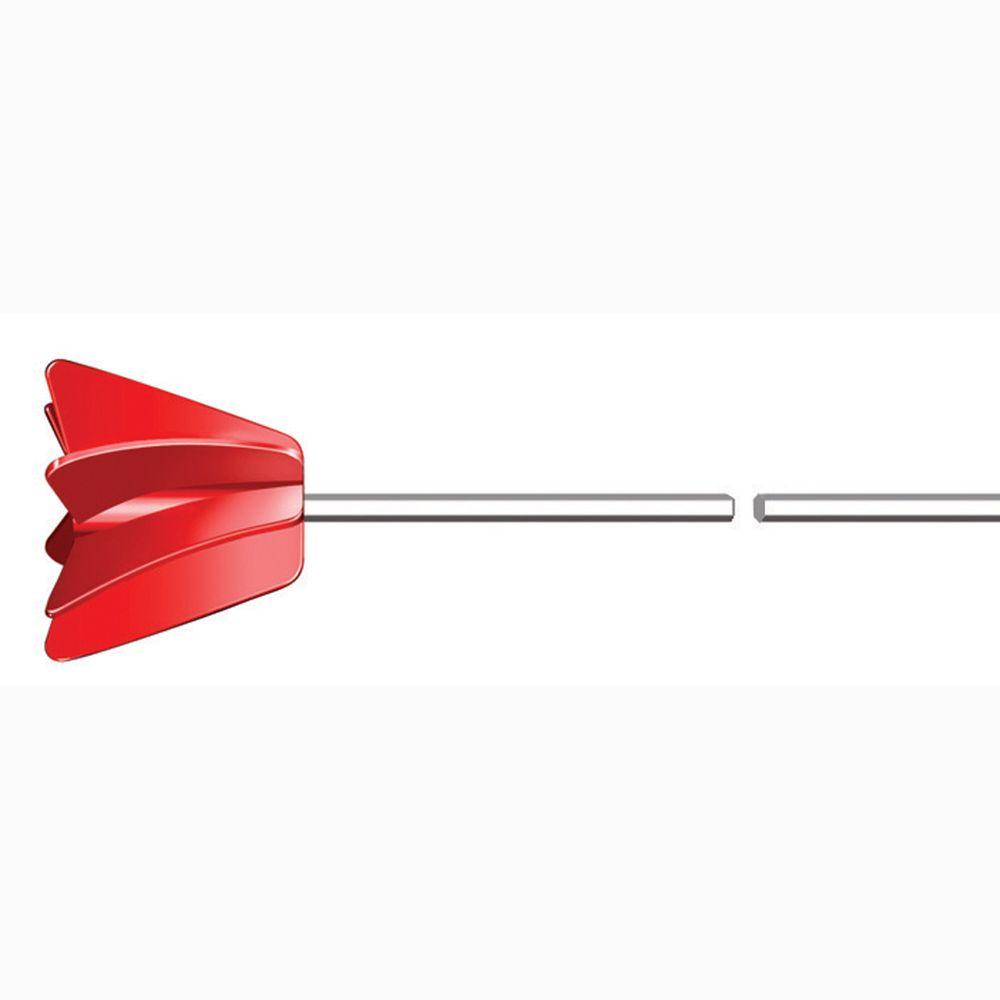That was written by a guy at New Belgium I believe. Here is there other statement on it from them though.
"The basic concept is that since yeast uses an oxygen atom to pull a hydrogen away from an 18 carbon chain unsaturated fatty acid to make a monounsaturated fatty acid chain to help it grow, you could simply provide an 18 carbon monounsaturated fatty acid and it would be able to use that. This works well in practice, we made a little over 1 million bottles with beer where the yeast had had olive oil added."The main thing to remember is that since you're working on a molecular level, and the olive oil has a high concentration of that molecule, the amount you actually need is pretty small. Additionally, you want to use a very small amount to avoid any detrimental effects that the oil would have on the beer's head retention."For the volume of wort we normally ferment, we would pitch about 4500L of yeast, and to that we would add around 300mL of olive oil. To translate that into a 5 gallon size, you would need to measure about 0.0000833mL of olive oil. For any practical purpose, that is much too small an amount to accurately measure out. You could fudge and just add the tiniest imaginable drop to the yeast you have, but you'd be over-dosing the oil by thousands of times the required amount, and run the risk of having zero foam retention. Not a good compromise in my opinion.



